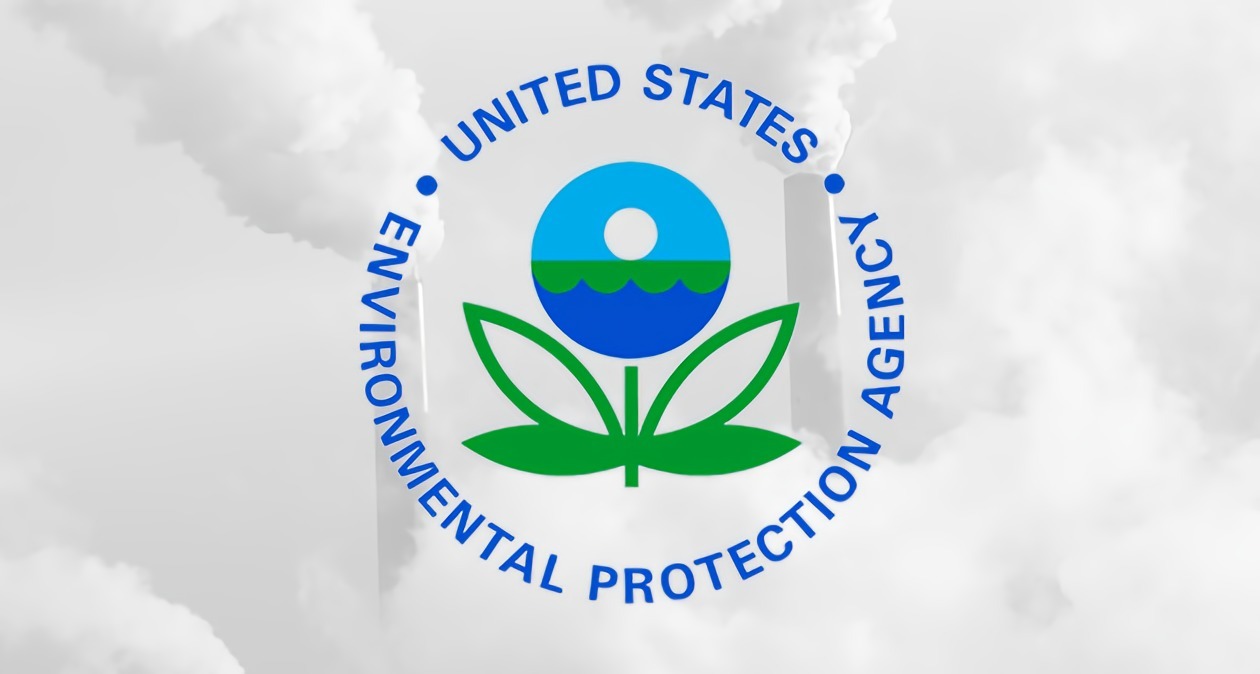
In the United States, the Clean Air Act mandates that the Environmental Protection Agency (EPA) protect and improve air quality and stratospheric ozone layer. In implementing the law, the EPA is phasing out substances that destroy the ozone layer and contribute to global warming, including the popular refrigerant R-22 (HCFC-22). In 2020, R-22 will be completely banned. HVAC technicians will still be able to service equipment using recycled or reclaimed forms of the refrigerant. However, they will need to follow strict refrigerant recycling laws to do so.
What Is Section 608 of the Clean Air Act?
Section 608 of the Clean Air Act is an extremely important law for HVAC technicians and those in refrigeration repair training to understand. Section 608 prohibits individuals from intentionally or knowingly venting ozone-depleting substances, such as the chlorofluorocarbons (CFCs) and hydrochlorofluorocarbons (HCFCs) commonly found in refrigerants. Furthermore, Section 608 establishes guidelines for how refrigerants containing CFCs and HCFCs are collected and recycled. It also outlines the certification requirements for refrigerant recycling and recovery equipment, technicians who handle refrigerants, and individuals who reclaim refrigerants.
What Does Section 608 Require of Technicians?
Once individuals have completed their refrigeration schooling, they will need to obtain special EPA certifications before they can work with refrigerants. There are four types of EPA certification. Once certified, HVAC technicians are only permitted to release small quantities of ozone-depleting refrigerant into the environment under specific circumstances.
Section 608 establishes laws for how technicians evacuate air conditioning and refrigeration equipment, reclaim refrigerant, and handle refrigerant leaks. This section of the Clean Air Act also defines the rules governing the sale and safe disposal of refrigerants, as well as establishes recordkeeping requirements for technicians, owners or operators, wholesalers, and reclaimers.
How Can Technicians Benefit from Refrigerant Recycling?
Demand for R-22 will likely continue even after it is no longer imported or produced in 2020. In fact, HVACR Business reports that technicians will be able to cash in on the recovery and recycling of R-22 and other commonly used refrigerants. Many of these gases can be sold to reclaimers.
Get Started on the Path to a New Career
Fill out our form to learn how we can help you change your life.
The magazine predicts that reclaiming refrigerants will become a big business as HCFCs are increasingly banned. Violating the Clean Air Act can cost an HVAC business hundreds of thousands of dollars. However, an HVAC technician may be able to add $1,000 a year to his or her paycheck simply by recovering refrigerants. Companies with more than 50 HVAC employees could add $75,000 a year or more to their bottom line.
Green HVAC & Refrigeration Careers
The HVAC and refrigeration industry continues to become more eco-friendly thanks to the Clean Air Act, programs like Energy Star, and other efforts to develop energy-efficient equipment. If you’re interesting in a green HVAC career, contact The Refrigeration School today. The school offers vocational training programs in HVAC and refrigeration, as well as courses on solar power technology.
This blog has been labeled as archived as it may no longer contain the most up-to-date data. For a list of all current blog posts, please visit our blog homepage at https://www.rsi.edu/blog/

